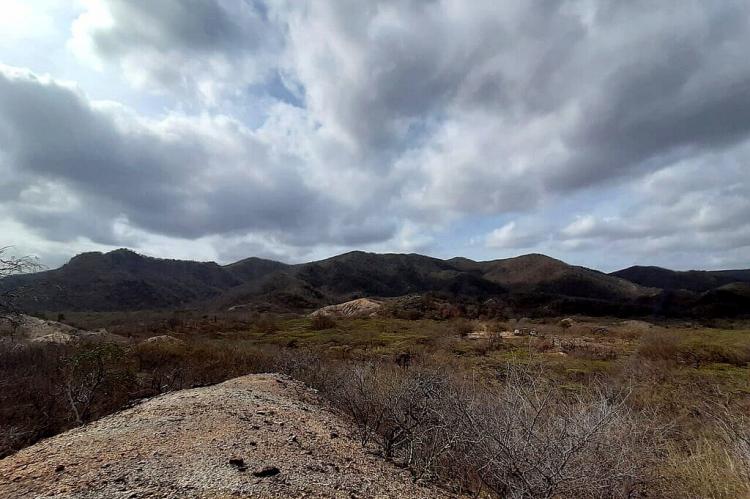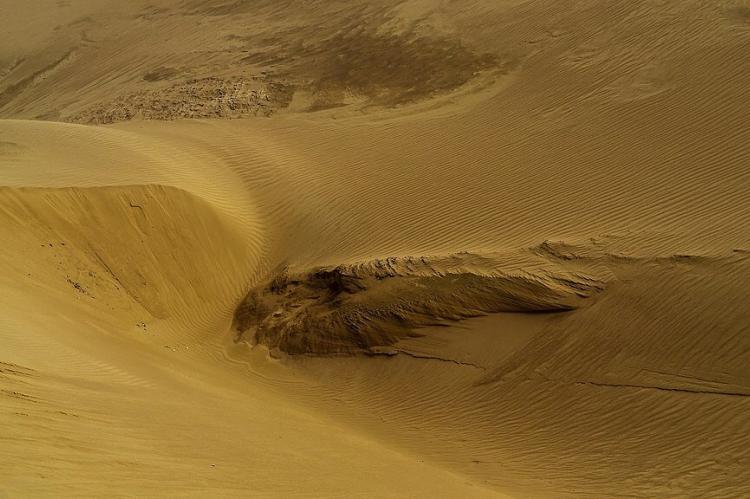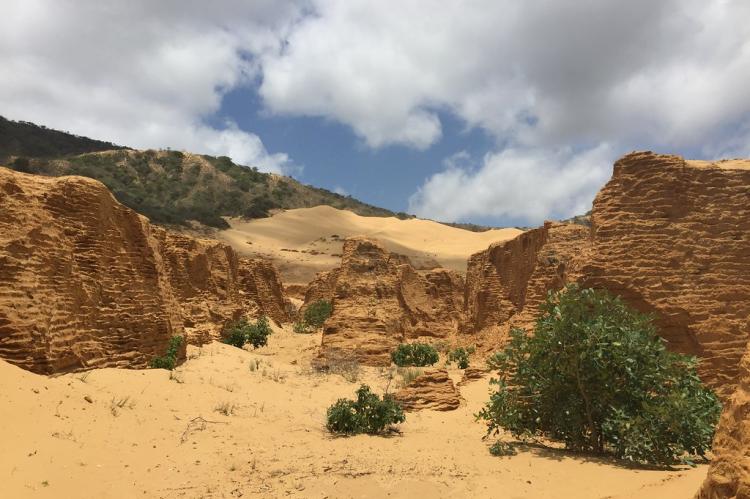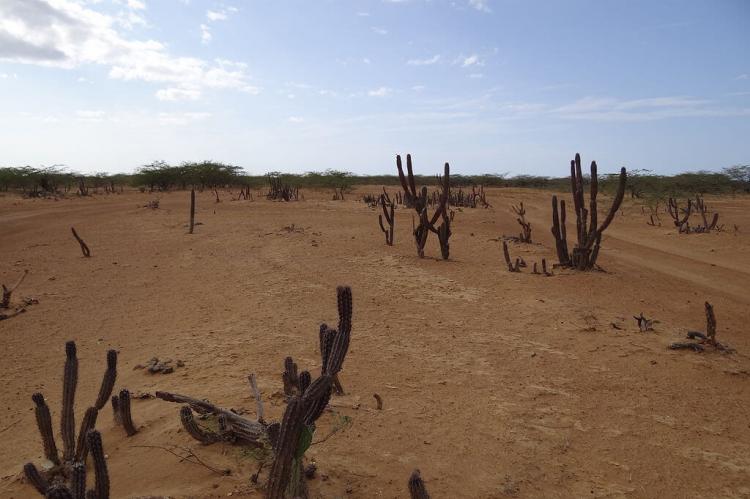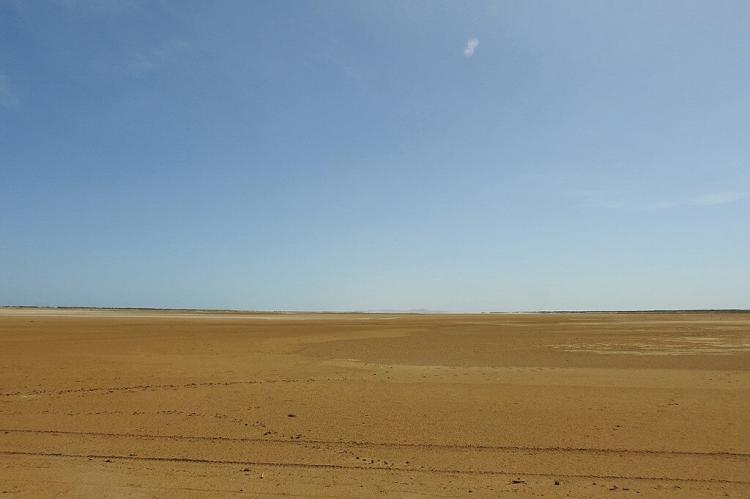La Guajira Desert: Serranía de Macuira and Serranía de Macuira National Natural Park (Colombia)
Serranía de Macuira is a mountain range and National Park in the middle of the La Guajira Desert on Colombia's Caribbean coast. Home to the indigenous Wayú, it covers most of the La Guajira Peninsula at the northernmost tip of South America.
La Guajira Desert
The La Guajira Desert covers most of the La Guajira Peninsula at the northernmost tip of South America. It is the continent's largest desert north of the equator.
This coastal desert is located along the coast of the Caribbean Sea in northern Colombia. A very small portion carries over into Venezuela.
The La Guajira Peninsula is populated chiefly by xeric scrubland, which is home to a large variety of flora and fauna.
The desert is also home to the indigenous Wayú people. The Wayú are mostly herders but also master deep-sea divers known for collecting pearls from the Caribbean Sea.
The area holds immense coal reserves, which are exploited in a zone known as El Cerrejón.
Serranía de Macuira
Serranía de Macuira is a mountain range in the middle of the La Guajira Desert in Uribia, Colombia. It covers most of the La Guajira Peninsula at the northernmost tip of South America.
The Serranía de Macuira has a maximum elevation of 864 m (2,835 ft) and measures approximately 35 km (22 mi) in length and 10 km (6.2 mi) wide. It is composed of three interconnected massifs.
The range is isolated from the Sierra Nevada de Santa Marta and the Eastern Ranges of the Colombian Andes.
The range is home to numerous species of fauna and flora. Relatively high humidity, caused by trade winds and the proximity to the Caribbean Sea, produces an ecosystem of dwarf trees and cloud forests.
The Serrania de Macuira's unique location in a semi-desert area has been termed a "biographical island." The La Guajira Desert acts as a natural barrier, keeping the Serrania isolated from other similar ecosystems and forests.
The highest peaks of the Serranía de Macuira constitute an area of abundant fog. Stunted vegetation traps the humidity condensed in the mist that floats over the mountains.
The northeastern slope absorbs the most significant humidity from the winds, thereby giving rise to most water sources in the form of surface water, springs, and rivulets, permanent during the rainy season and intermittent in the dry season.
This abundance of water gives life to many forms of flora and fauna. Conversely, the southwestern slope is drier.
The diversity of fauna is one of the most significant characteristics of the Serranía de Macuira. Over 140 species of birds have been registered in the area. Of these, 17 are endemic, and more than ten are migratory.
Mammals include the squirrel, the rabbit, the white-headed capuchin, the giant anteater, the mouse, the oncilla, the deer, and the crab-eating fox.
There is also a wide variety of insects, reptiles and amphibians. Around 15 species of snake have been recorded, and recently a new species of frog has been discovered.
Macuira National Natural Park
The area of the Serranía de Macuira is a protected area whose stated goals are:
-
to protect the mosaic of ecosystems and natural arrangements existing on this biogeographic island, along with its associated species
-
to contribute to the protection of the territoriality of the Wayú clans of La Macuira as a fundamental basis for the conservation of culture and the mountains
-
to protect aquifer recharge zones and springs, streams and basins as a water supply for the Wayú population
